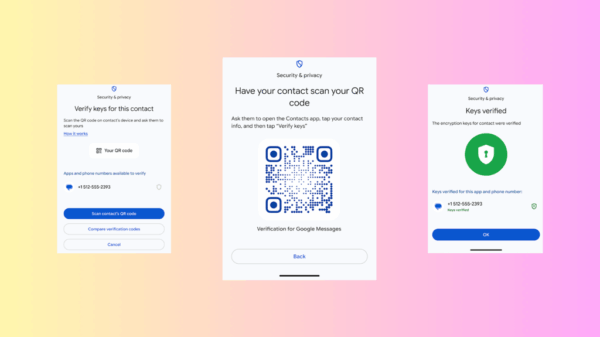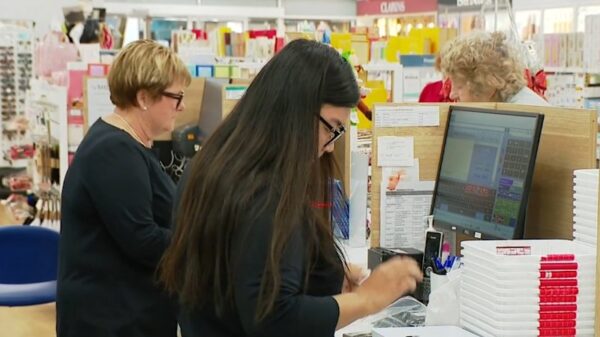Many individuals routinely wash their hands and sanitize communal surfaces, yet one frequently overlooked item is the mobile phone. This device, which we handle numerous times daily, can harbor a variety of germs. Recognizing the potential health risks, experts emphasize the importance of cleaning our phones regularly.
Research demonstrates that mobile phones often carry hundreds of types of bacteria and viruses. While not all microorganisms pose a direct threat to health, the presence of these germs raises valid concerns. People frequently use their phones in various settings— including the kitchen and bathroom— and then bring them close to their faces or share them with others. Unlike hands, which can be washed multiple times a day, phones are seldom cleaned adequately.
Understanding the Risks of Improper Cleaning
Using inappropriate cleaning products can damage your phone. Many people might consider household cleaners or hand sanitizers as quick fixes, but these can lead to long-term harm. Both Apple and Samsung caution against using bleach, hydrogen peroxide, vinegar, aerosol sprays, or any high-concentration alcohol wipes (over 70%) on their devices. These substances can degrade the protective coatings on screens, diminish waterproof seals, and affect touch sensitivity.
The oleophobic coating on most smartphones assists in resisting fingerprints and smudges. However, harsh chemicals such as alcohols or ammonia can strip this layer, making the screen more prone to dirt accumulation. Similarly, vinegar can corrode the edges of devices, while bleach and hydrogen peroxide, though effective as disinfectants, can damage the delicate materials in consumer electronics. Additionally, high-alcohol wipes may dry out plastics, making them brittle.
Best Practices for Cleaning Your Phone
Cleaning your phone effectively does not have to be complicated and can be done affordably. The process begins with unplugging the device and removing any protective cases. Major manufacturers recommend using 70% isopropyl alcohol wipes along with soft microfibre cloths. For delicate areas like speaker grills and charging ports, using anti-static brushes made of nylon, horsehair, or goat hair is advisable.
During the COVID-19 pandemic, Apple updated its cleaning protocols to allow the use of Clorox disinfecting wipes and 70% isopropyl alcohol on iPhones, provided they are applied gently to avoid damage. Samsung offers similar guidance, suggesting users dampen a microfibre cloth with a 70% alcohol solution, while avoiding direct application to ports and openings.
To prevent unintentional damage, do not spray any cleaning solution directly onto the device. This precaution helps avoid moisture seeping into ports and potentially causing internal damage. Submerging phones in cleaning solutions is also risky, even for water-resistant models, as seals can deteriorate over time.
When cleaning, avoid using paper towels or rough cloths that might scratch the screen or leave lint that clogs openings. It is also essential to refrain from excessive cleaning, as too much scrubbing can wear down protective coatings.
While there is no strict guideline on how often to clean your phone, a thorough wipe-down at least once a week is sensible for regular use. For those who frequently take their phones into high-risk environments—such as public transport, hospitals, or gyms—more frequent cleaning is advisable.
In conclusion, cleaning your phone not only enhances hygiene but also protects the device’s longevity. Following these straightforward guidelines ensures that your phone remains both germ-free and functional.
Meena Jha, Head of Technology and Pedagogy Cluster at CQUniversity Australia, emphasizes the significance of regular phone cleaning as part of a comprehensive hygiene routine. This article draws on findings from reputable sources to stress that a clean phone is a crucial aspect of daily health.






























































